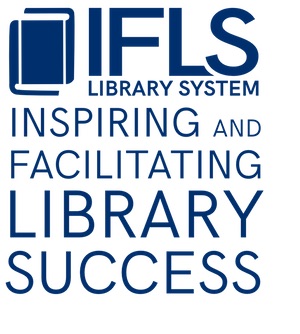There’s a group of early childhood professionals (librarians, teachers, family literacy providers, childcare consultants, and more) in the Chippewa Valley working on an initiative to address the 30 million word gap identified by researchers Hart and Risely in 2003. What’s the 30 million word gap? It is the difference in the number of words spoken to children, depending on their family/childcare situation, by the time they reach age three. Some hear 30 million fewer words by age three than their counterparts. The research suggests that kids from lower income families are more likely to hear fewer words.
Being talked with a lot makes a big difference in child development, brain development, language acquisition, social-emotional development. So kids who are engaged in conversation more from the time of birth have a head start. The cool thing is, when parents and primary caregivers understand the importance of talking with their kids, they realize the truth of the adage that they are their children’s first and most important teachers. In order to make a big difference in their child’s development, they don’t have to be a fluent reader. They don’t have to speak English. They have knowledge, language, traditions, ideas, and experiences to share and explore with their kids, and all of that helps their children develop.
Look for more updates about the group I’m working with here, but in the meantime, check out the resource that we are using to help us get started: Talking Is Teaching. It is free to sign up, and there is copyright-free clip art and flyers and other information to use. It fits right into the Every Child Ready to Read information (except it leaves off explicitly mentioning PLAYING and WRITING), though many of the videos, etc. use talking while playing as an example of a way to talk.

